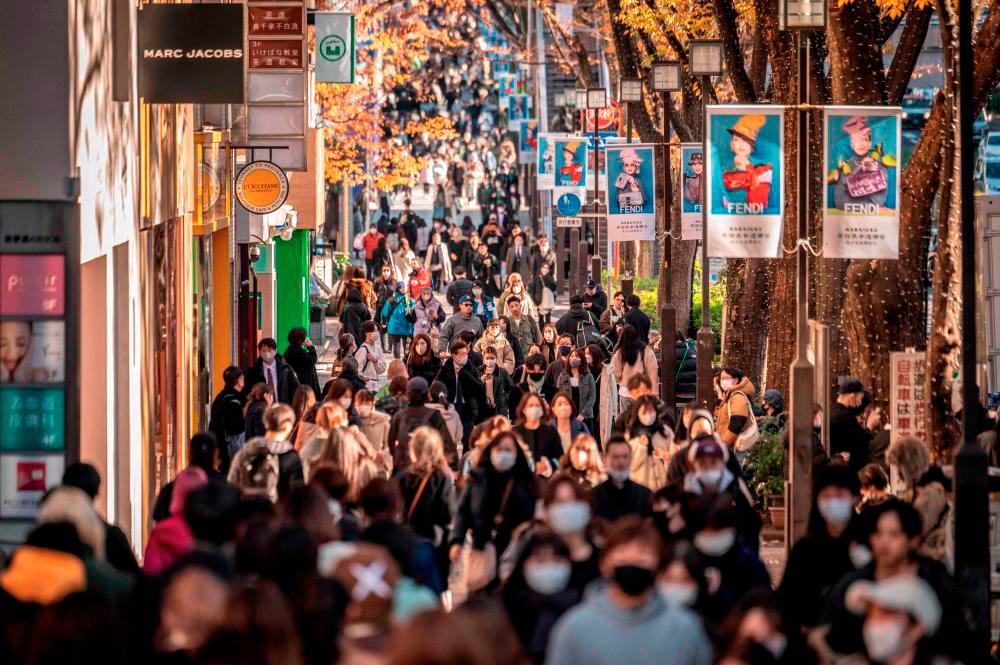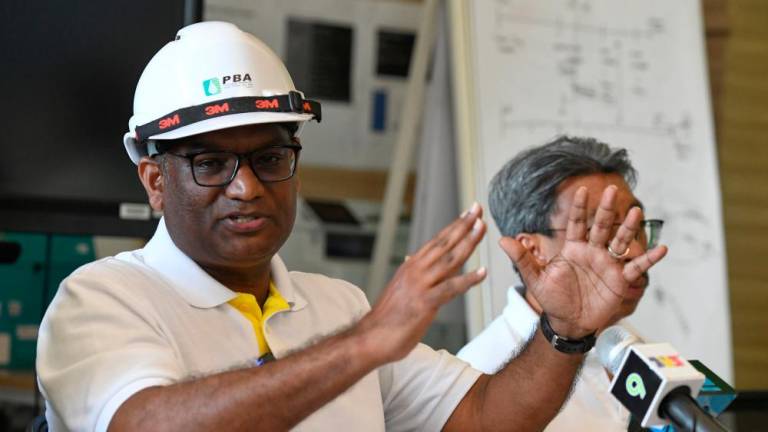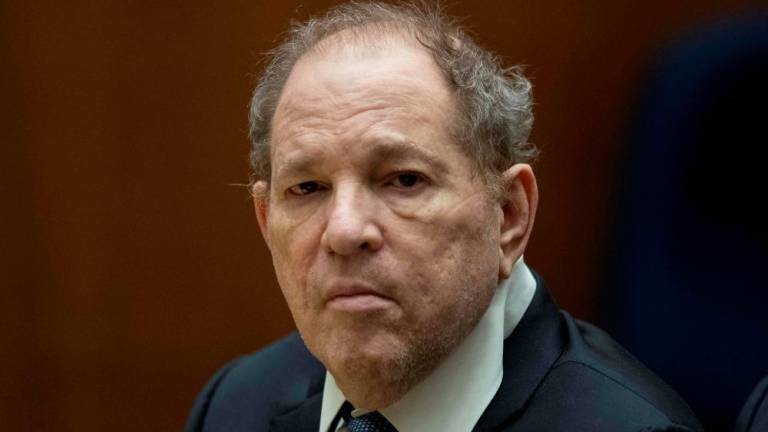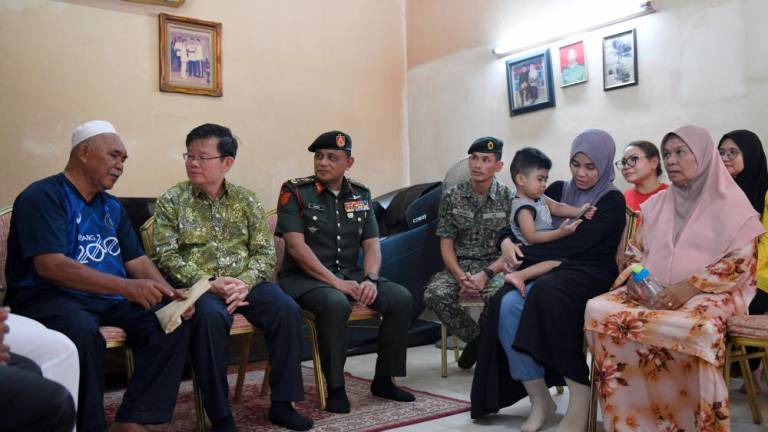JAPAN will be meeting with Bangladesh and India in Tripura, India which will be attended by deputy foreign ministers of Bangladesh and India along with the chief minister of Tripura and the Japanese envoy to India, reports the Economic Times.
Japan is investing in Northeast India and Bangladesh, including the deep-sea port at Matarbari that will connect the landlocked region with the Bay of Bengal.
Bangladesh is an important country in the Indo-Pacific region. It is also a country in which Japan is investing in a big way. Tokyo is involved in many projects in the country, including the Matarbari Port.
Japan and Bangladesh have had close ties ever since Tokyo recognised the People’s Republic of Bangladesh on Feb 10, 1972. It was soon after the new country had declared its independence.
In neighbouring areas, Japan has made significant investments in Northeast India. In fact, because of the region’s strategic location, Japan is the only country which has been allowed to invest in Northeast India in a big way.
Northeast India shares borders with Bhutan, China, Myanmar and Bangladesh. All of these factors played a role in designing one of the signature initiatives of Japanese foreign policy, the “free and open Indo-Pacific” vision.
While this was conceived by the late former Japanese prime minister Shinzo Abe, it has been continued by successive administrations since then.
As part of the same, Japan has been working to ensure that a rules-based order is maintained in the Indo-Pacific region.
Although Japan has been one of the closest development partners since its birth, it has been outsmarted by China in recent times. Especially after the launch of Beijing’s Belt and Road Initiative, which Bangladesh has signed on to.
It was in June 2018 that the Japan International Cooperation Agency signed loan agreements in the amount of ¥ ¥2.65 billion (US$19.65m/RM86.7m) with the Bangladesh government.
Their purpose was to provide for the development of the Matarbari Port in Bangladesh.
Tokyo is also involved in the Dhaka mass rapid transport network as part of its development assistance to the country.
While unveiling the “free and open Indo-Pacific” new policy” Japanese Prime Minister Fumio Kishida said recently that “Northeast India, surrounded by land, still has unexploited economic potential”.
Viewing Bangladesh and other areas to the south as a single economic zone, Japan will build the Bengal-Northeast India industrial value chain concept in cooperation with India and Bangladesh to foster growth in the entire region.
Japan and India have already formed an Act East forum to take up projects in Bangladesh and other countries.
Kishida elaborated on the policy while giving a lecture at the Indian Council of World Affairs (ICWA) at Sushma Swaraj Bhavan in New Delhi on Monday.
Before giving the lecture he had a bilateral meeting with Indian Prime Minister Narendra Modi. He said Japan is working with India to bring stability to the South Asia region.
Kishida also said Japan has already formed an economic study group with Bangladesh to forge an economic partnership as Bangladesh is graduating from a least developed country to a developing nation.
The Japanese prime minister said: “The waters that connect Japan and the Pacific Island countries have no borders. The Pacific Islands region is exposed to many challenges such as rising sea levels due to climate change, infectious diseases such as Covid-19 and natural disasters such as volcanic eruptions.”
Giving an idea of cooperation Kishida said, “In a post-Covid-19 world, digital connectivity is also increasingly vital. We will promote reliable digital technology including Open RAN, and develop information infrastructure including submarine cable laying projects. We will also cooperate in the materialisation of smart cities utilising digital technology.
“We believe that there is great potential to utilise Japanese technology and India’s strength in the IT field, as well as to provide support for infrastructure development through Japanese ODA.”
Japan will be focusing on the development of Matarbari Port in Bangladesh as part of Kishida’s new “Free and Open Indo-Pacific” plan.
It will be part of Tokyo’s larger infrastructure development efforts in the Bay of Bengal and Northeast India with a focus on “multilayer connectivity” as laid out in the plan.
Japan recently unveiled its new vision for a Free and Open Indo-Pacific which includes integrated development of Northeast India and Bangladesh as part of a broader Bay of Bengal community.
Calling India an “indispensable partner”, Kishida outlined his new Indo-Pacific strategy during his policy speech at the ICWA, immediately after a meeting with Modi.
Kishida listed three important regions — Southeast Asia, South Asia and the Pacific Islands — where multi-layered connectivity could overcome vulnerabilities and boost economic growth.
“Northeast India, which is surrounded by land, still has unexploited economic potential. Viewing Bangladesh and other areas to the south as a single economic zone, we will promote the Bay of Bengal-Northeast India industrial value chain concept in cooperation with India and Bangladesh to foster the growth of the entire region.”
Briefing a small media group, Noriyuki Shikata, Cabinet Secretary for Public Affairs said, currently, Northeast India and Bangladesh were on Tokyo’s radar.
Myanmar will reappear in the frame once the political situation in Naypyidaw eases.
During his address, Kishida stressed that Japan has already launched a Joint Study Group on the possibility of an Economic Partnership Agreement with Bangladesh.
Shikata pointed out that landlocked Bhutan could also be included in the broader Bay of Bengal initiative, though the focus right now was on the Northeast India-Bangladesh connect.
Kishida’s vision focused especially on emerging economies and developing countries in the Indo-Pacific region, including the far-flung island territories, vulnerable to climate change and natural disasters in the Pacific.
To fulfil Kishida’s vision of transparent and inclusive development of the region, Tokyo will mobilise US$75 billion (RM322 billion) in public and private funds in the Indo-Pacific region by 2030.
With China’s engagement diplomacy as the subtext, the Japanese will focus on fair development finance on building quality infrastructure development, including undersea cables to far-flung island territories.
Kishida cited the critical situation in Sri Lanka and insisted on rules to prevent “opaque and unfair development finance” which are necessary for nations to grow autonomously and sustainably.
“It is essential that Sri Lanka’s debt restructuring advances in a fair and transparent manner,” the Japanese premier observed.
He also stressed that Tokyo would closely collaborate with India in the South Asian region.
Analysts point out that Japan appears to be exploring deeper cooperation with India in South Asia as a major step before a broader engagement with New Delhi can unfurl in other geographies, including the Middle East and Africa.
“I believe that Japan and India are in an extremely unique position in the current international relations and, furthermore, in the history of the world,” he said in his address.
Kishida chose India to make the significant announcement as it was here that Japan’s longest-serving prime minister, Abe, delivered his famous “The Confluence of Two Seas” speech in the Indian Parliament in August 2007 and came up with the concept of the “Indo-Pacific” for the first time.
Promising that Japan will “spare no effort” to cooperate with India for the success of the G20, Kishida said both countries have a great responsibility for maintaining and strengthening “a free and open international order based on the rule of law”.
Now, the moot question is whether it is possible to link up Japan’s investments in Bangladesh and Northeast India.
Options available for consideration should be reviewed before the question of whether Japanese investments in the two areas are compatible.
What is the nature of the goods that are going to be transported from Bangladesh to India?
These could include textiles, fish products and produce from outside Bangladesh that would be offloaded in Matarbari.
The present Bangladesh government led by Prime Minister Sheikh Hasina is friendly towards India and Japan.
The infrastructure would have to be built out. It would be challenging to link Bangladesh and Northeast India with existing roadways.
Besides, railway connectivity is poor due to a host of factors.
On the other hand, India can also join hands with Japan to develop railway connectivity between the two, both in Bangladesh and on the Northeast Indian side of the border.
Comments: letters@thesundaily.com










